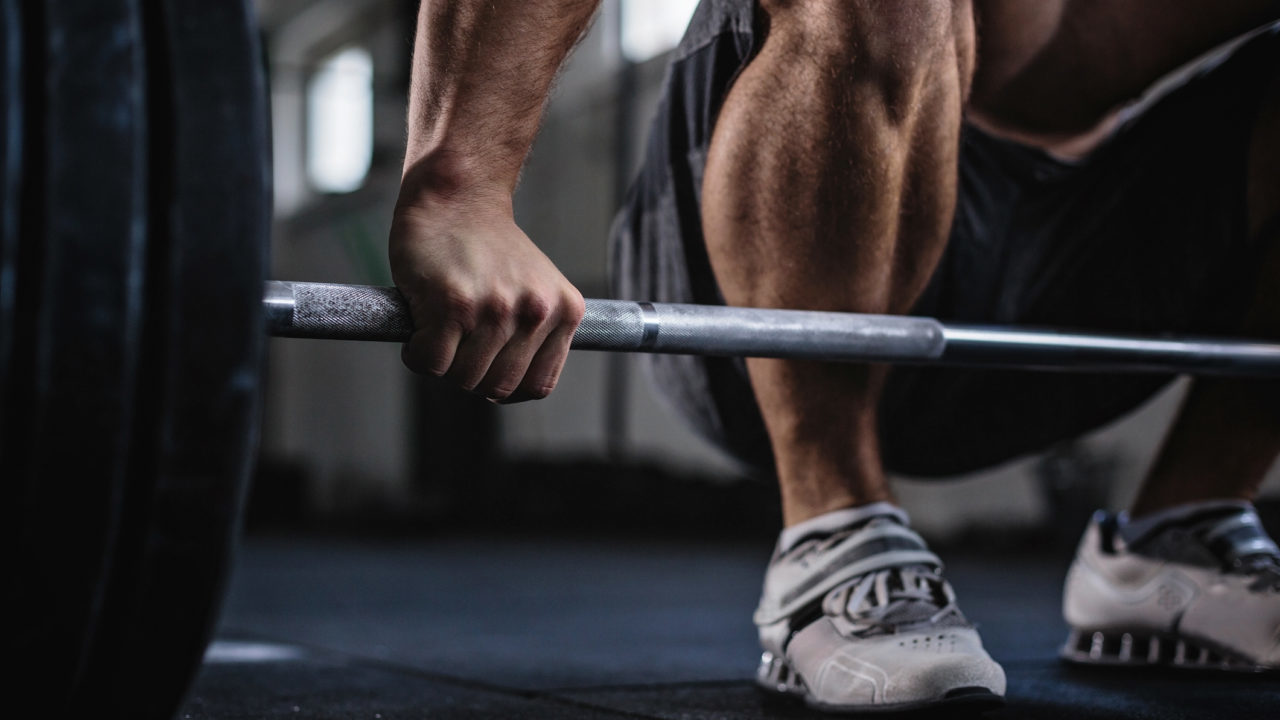With the world’s gyms being closed for long periods of time throughout the Covid-19 pandemic, it’s been easier than ever to slump into a routine that involves little to no exercise. The spread of Covid-19 has taken its toll on gyms but there is some light at the end of the tunnel with some set to reopen this month others are starting to look towards their opening plans later in the year.
With so much going on you may have taken some time off from the gym, maybe you worked out at home or stopped all together. Either way, you are probably looking forward to getting back in the gym environment and getting a sweat on. But before you do, it is important to consider how you are going to alter your workouts after some time off.
So, to help you adapt a bit easier we have compiled some tips that will help ease you back into your gym workouts.
Common Mistakes
It is important to highlight some common mistakes people make when returning to the gym after a long break, mainly because these can sabotage your progress even before you have got back in the swing of things. Here is some of the most common ones:
- Trying to lift too heavy, too soon
- No plan for workouts/Jumping back into an old program that doesn’t suit your current situation.
- Not taking adequate rest or fuel for workouts
- Expecting too much from their workouts and setting unrealistic performance goals
Making these sorts of mistakes can lead to burnout and demotivate you from getting back into the gym properly. All of which can diminish reaching any sort of long-term fitness goals, leaving you feeling disappointed in yourself.
Adjusting the Right Way
Planning your return can help you to feel more confident in returning to the gym. Here’s our top tips to help you smoothly transition into your gym return.
Warm Up/Cool Down Properly
Warming up before any sort of vigorous exercise is important. And the same applies here, especially when you’ve had such a long break from doing so.
Make sure your warm ups align with the exercises you plan on performing, getting the blood pumping around your muscles and adding mobility to the joints will help prevent any injuries from popping up.
What can be just as important to your workouts are a good cool down. Allowing your heart rate to come back to a resting state, don’t just leave the gym as soon as you’ve put your weights back.
Some walking and static stretching for 5-10 minutes is all you need depending on how hard you’ve worked. Not only that, but it goes a long way to help prevent muscle soreness and stimulating a ‘rest and digest’ system that allows for optimal post-workout recovery.
Lower the Weight
Even if you have been keeping up performances at home with resistance bands or bodyweight exercises it is still a good idea to drop the weight down a touch for your first sessions back.
You might not have lost much muscle mass or strength in terms of bodyweight exercises but this doesn’t necessarily translate to weight lifting, and the weights you once lifted with ease will feel heavier than you remember. So, to avoid putting any extra strain on your muscles and joints, lower the weight, focus on your form. Within a couple of weeks, you’ll be able to get back to lifting the weight you were before your break and maybe even more!
Perform Fewer Exercises
There’s a good chance in the first week of getting back to it, you’ll be reaching that burning feeling way before you used to and the soreness the next day will be intense. After you’ve had a long time off, less really is more and focusing on compound lifts such as bench press, squats and deadlifts with a few accessory movements is the way forward.
The first week back is not the time to be throwing a ton of training at your body, allow it time to adjust and slowly increase the reps/sets over the coming weeks until you reach the point you were at before.
Allow Your Body to Rest
It’s so easy to let yourself get lost in the thought of undoing the ‘damage’ or making up for lost time that you’ve missed while having a long break, feeling an urge to cut down on the amount of rest you give yourself before hitting your next workout of the week.
Assuming that shorter rest times will be better and allow you to catch up from where you got off on your fitness journey. However this would be wrong to do, and getting adequate rest between sets as well as your day to day workouts is more important for ensuring your body can give 100% effort and allow it to progress further.
Set Realistic Performance Expectations
You can’t expect yourself to get back in there and be at peak performance right away, it’s just not possible after a long break. But you also shouldn’t trick yourself into thinking you’re starting from the bottom again, you will still have some strength and endurance in your muscles to work with.
The key to remember is that both mindsets are unrealistic, it will take a few of weeks before your body fully adjusts itself to the ‘new’ routine and when it does your muscle and strength will come rushing back.
Even if your gym hasn’t quite got back to reopening these tips are still useful, why not get started early on your new fitness plan and allow yourself a smooth return. You’ll be feeling confident and can maximize the efficiency of your workouts without over-doing it.







